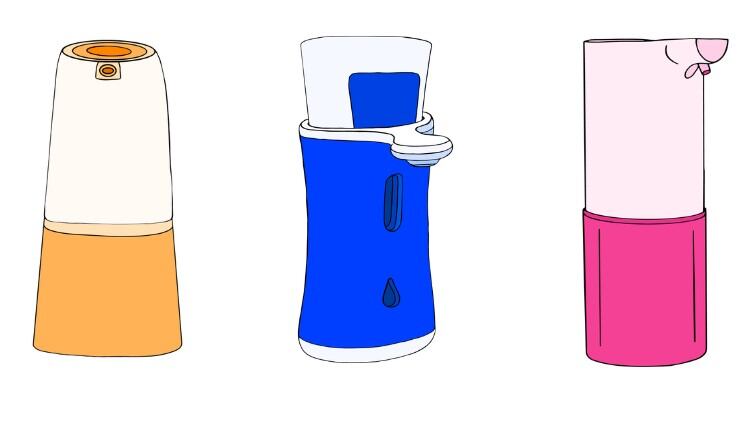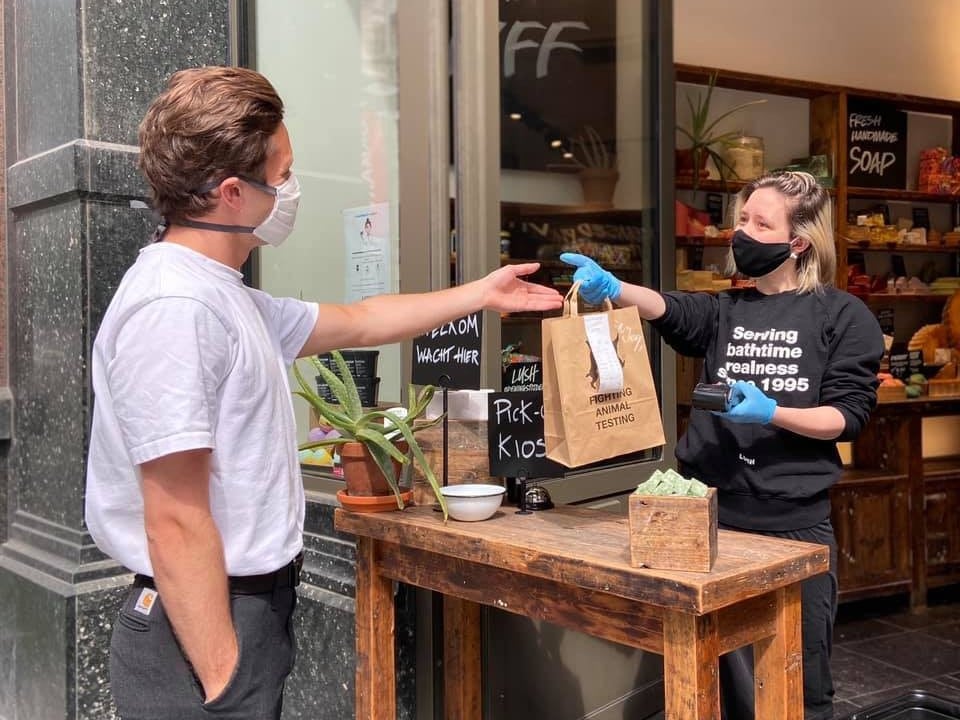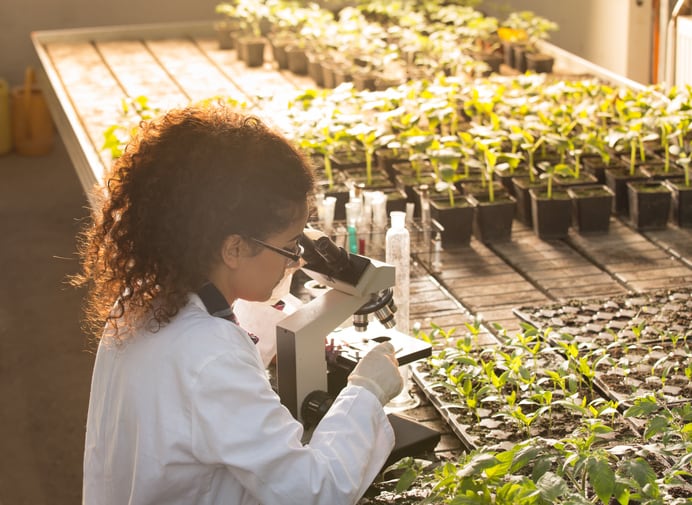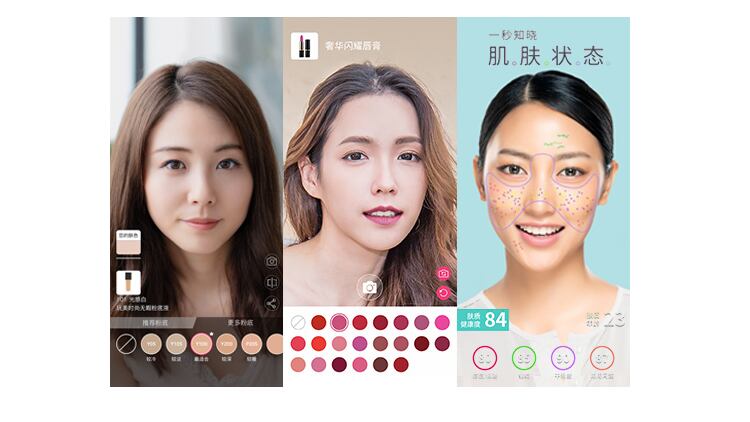Jenni Middleton, director of beauty at trend forecasting firm WGSN, said the COVID-19 crisis had not only catapulted safety and hygiene to the fore, increasing the relevance of blockchain and biotech in beauty; it had also driven an increased consciousness around touch and hands.
Soap dispenser tech for beauty
Speaking at Cosmoprof Bologna Worldwide’s virtual event WeCosmoprof last month, Middleton said: “We’re carrying around sanitiser like we would have done fragrance and lipstick in our bags.”
And with consumers heavily focused on clean and safe product interactions, she said industry had to start to reconsider how everything was packaged.
“We’ve never been more aware of everything we touch. Safe contact packaging is going to become really important for brands,” she said.
Hotels had already invested in touch free sensor-activated distribution over the years as an alternative to miniatures, and Middleton said this could certainly now be applied to skin care or cosmetic sampling in-store. “You can see how you can pick up that soap dispenser technology and use it for skin care, shower care or hair care.”
“…If you’re able to get a sample of skin care product on your hand but you don’t have to have packaging, it’s a very sustainable way of trying to have that sensorial experience. So, this will be really important: touch-free packaging.”
‘Hands-free’ beauty through tools
Middleton said beauty brands also had to consider that consumers were going to emerge out of the COVID-19 crisis “with a fear” of their own hands and worries about how to keep their skin care and make-up products contamination-free.
“Tools are going to become really important,” she said. “Tools that help us apply product that a few months ago we would have been really happy to just have an open moisturiser jar, dip our fingers in and apply it on our faces.”
And there was already clear growth in this space, she said, with some “really clever” and “impressive” technology being used to create tools that were antimicrobial, antifungal or could be disinfected using UV, for example.
For those times when it remained necessary to pick up a product, at home or in-store, she said innovative packaging coatings that were antibacterial or indicated how many times a product had been handled could prove hugely relevant.
Virtual try-ons to boom
Middleton said the whole concept of “browsing with your eyes” would be “really important” for consumers shopping in a post-COVID world, so it was important brands and retailers worked on ways to stimulate the senses and communicate ingredients clearly without the need for touch.
The whole concept of virtual try-ons, therefore, which had already started to emerge at the end of 2019, would also become far more relevant, she said.
“Virtual try-on was considered a few months ago as a ‘nice to have’, not a ‘need to have’. Everything that has happened will change this. You cannot return to Sephora and try product on. The only way to discover, to browse and see how a product looks is to concentrate on tech try-on.”
Before COVID-19, 60% of beauty consumers were “super comfortable” with trying beauty apps; many of which put “enormous power” in the hands of the consumer, she said, like AI tech to diagnose and track skin conditions, for example. And the post-COVID beauty market would continue to see an acceleration of consumers using these smartphone apps to diagnose and track their skin, much like they already did with sleep, food or steps, she said.
Middleton said what was great for industry was that the technology behind these tracking apps and virtual try-ons was improving fast, with many options a lot less “clunky” than before.




